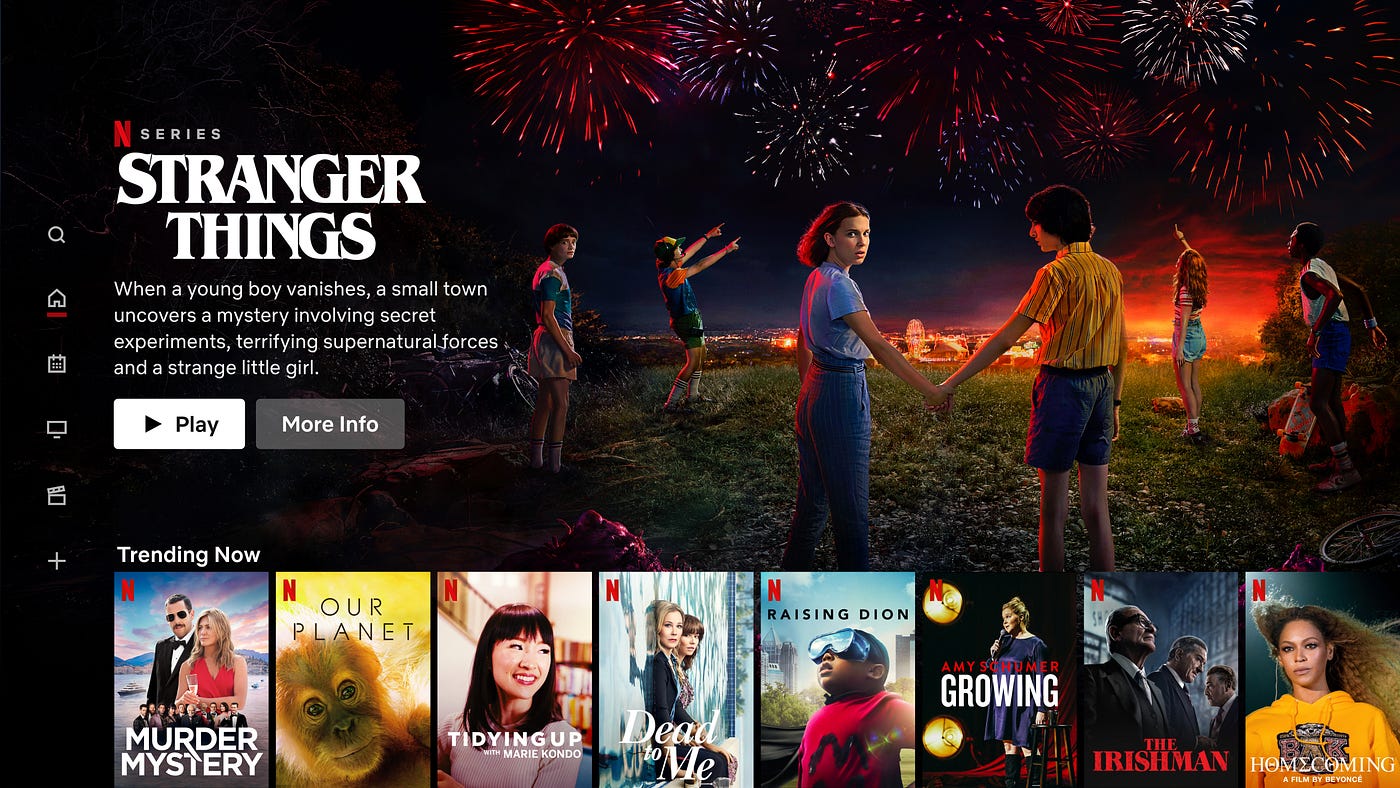P1 Computing Bias
Team teach on computing bias
Human Biases Reflected As Computer Biases
Bias: prejudice in favor of or against a thing, person, or group
What is “computer bias”?
The existence of prejudiced outcomes in the decisions or predictions made by computer systems/algorithms. Bias can be implemented into algorithms because of human biases being intentionally inserted or because of the data utilized being biased.
Explicit Data: Information directly provided by user.
Implicit Data: Infomration that can inferred from explicit data.
Based on either explicit/implicit data that has been used to train an algorithm, whether intentionally introduced or during the process of training data generation, bias can be created.

A notable example of this is seen in Netflix, where there are is a human factor that drives bias: Netflix exclusives are placed ahead (a show that is a Netflix exclusive means that users will be more likely to stay with Netflix). The bias in this case is Netflix’s prioritzation towards Netflix-produced shows.

Hack 1:
What is another example of a human bias being implemented into an algorithm?
Answer:
Reducing Bias
Programmers should take action to reduce bias in algorithms used for computing innovations as a way of combating existing human biases. Softwares need to be unbiased, consider all everything, and reject human bias.
Things to consider when developing programs:
- What are potential sources of bias?
- Is your program enhancing or intentionally excluding?
- Are you receiving feedback from a widespread group of people?
- How could people who differ from you use your developments?
Hack 2:
What is another way a programmer can reduce bias in their softwares?
Answer:
Types of Bias in Software Development
Biases can be embedded at all levels of software development.
It can be intentional or unintentional. Some software development are made for a certain market and ensure that people of certain places or demographics can use them easily. However, this doesn’t mean that they are trying to exclude.
Examples:
Intentional:
- Games could be geared towards a certain age range (Talking Tom vs Valorant)
- Game concepts
- Music
- Visuals


- WeChat and KakaoTalk
- Almost everyone in China uses WeChat
- KakaoTalk is the Korean version
Unintentional:
- Social media, Facebook vs. instagram
Hack 3:
What are some other examples of intentional and/or unintentional bias in innovations (games, social media, technology, etc.)?
Answer: